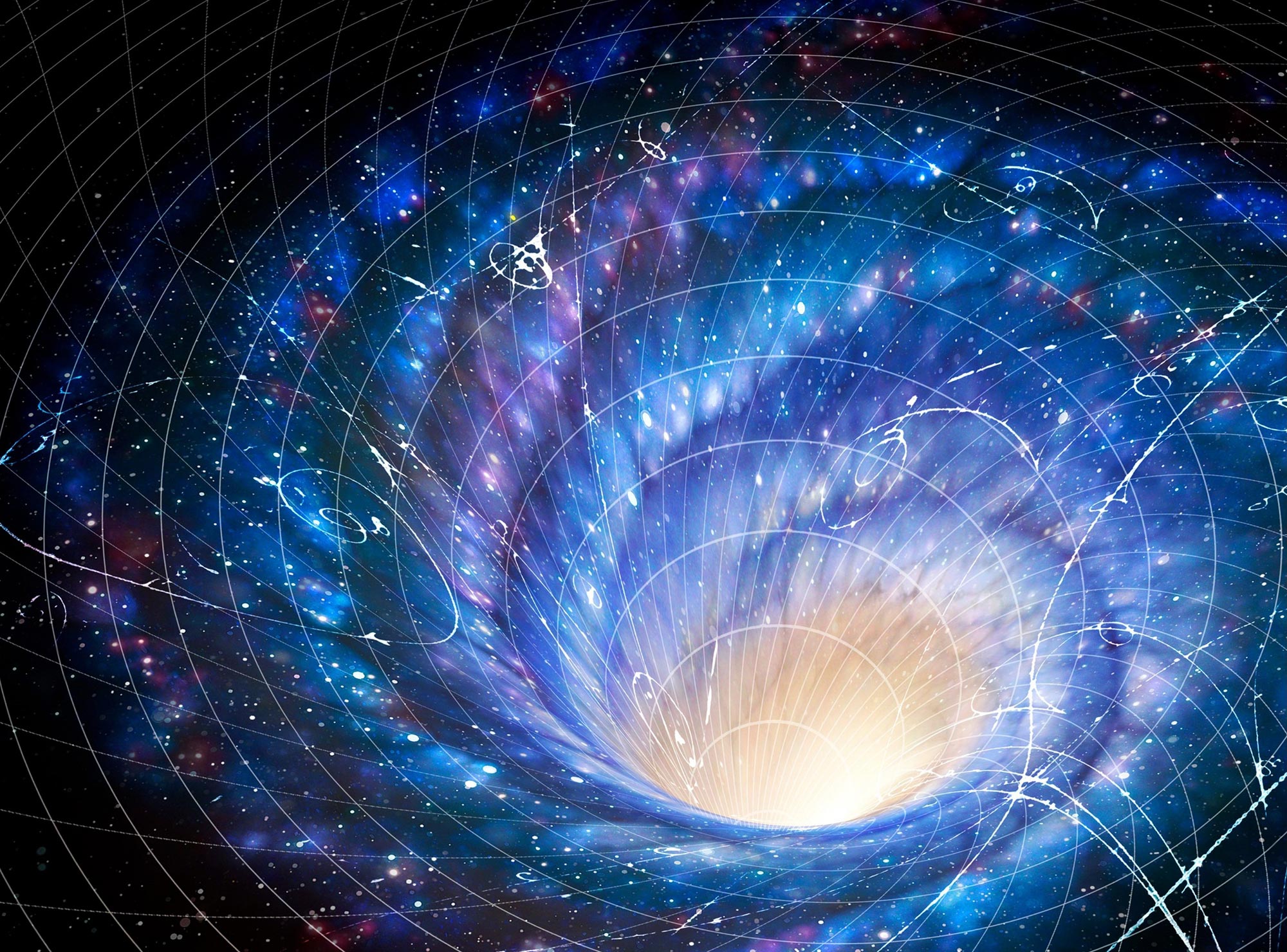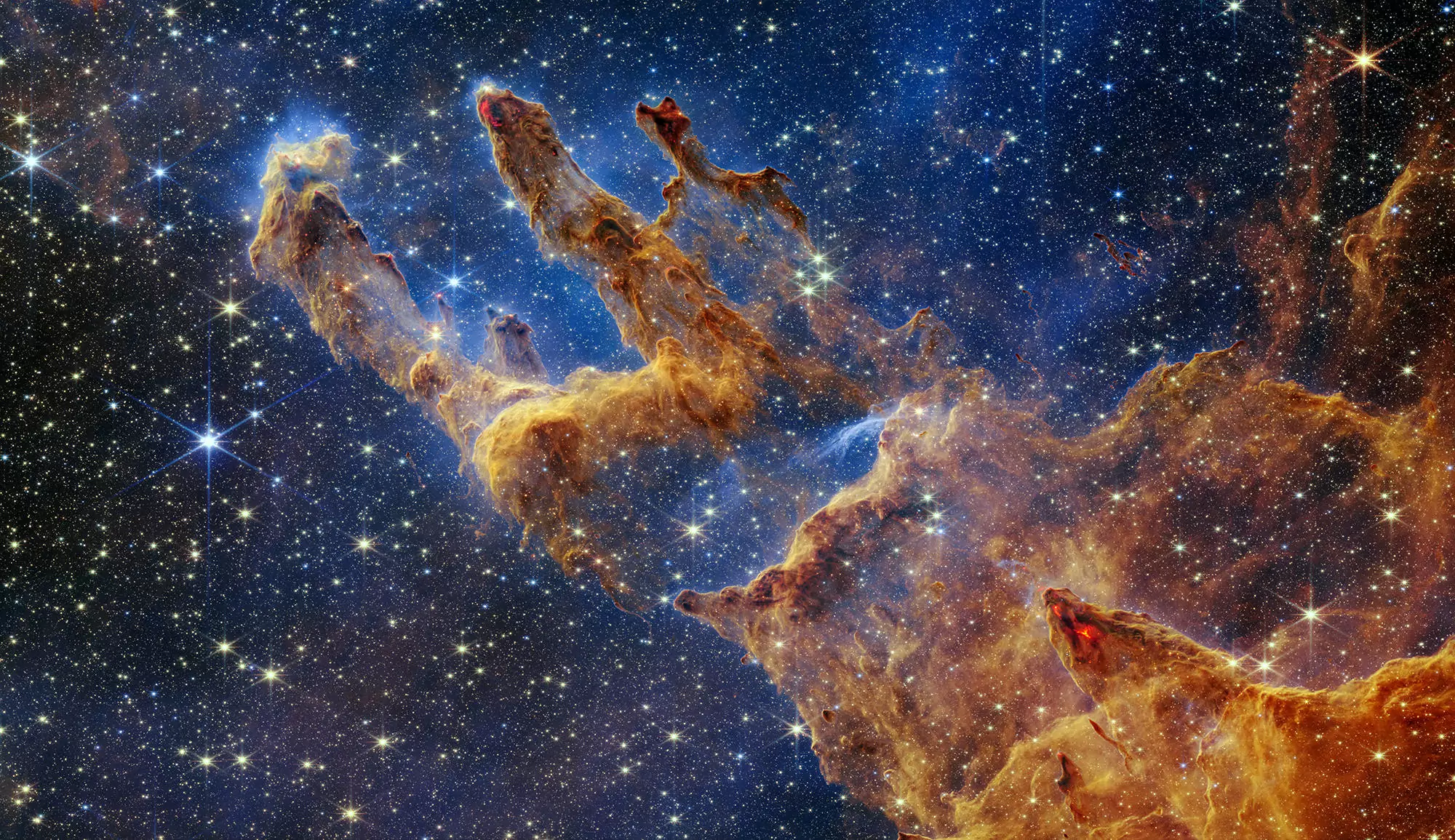Introduction
Imagine walking through a forest on a starry night, the trees towering above you, and the shadows thickening with each step. But despite all the trees, something seems amiss—the forest is too silent, too empty. In fact, most of what makes up the forest is invisible, hidden, and impossible to touch, yet it exerts an undeniable influence on everything around it. This mysterious “forest” is an analogy for the cosmos, and the unseen force in the universe, the one that shapes galaxies and dictates the cosmos’ very structure, is dark matter.
In a universe of glittering stars, radiant galaxies, and supernova explosions, dark matter remains one of the greatest unsolved mysteries in modern science. What is it? Why does it exist? Could it hold the key to the fundamental forces that govern everything from atoms to galaxies? And could it be hiding the very secrets of the universe itself?
In this article, we’ll journey through the enigmatic world of dark matter, exploring its elusive nature, its profound impact on our understanding of the universe, and the potential clues it might provide about the deepest secrets of existence.
What Is Dark Matter?
Before diving into the deeper mysteries of dark matter, it’s crucial to understand what it is—or rather, what we think it is. Dark matter is a form of matter that doesn’t emit, absorb, or reflect light. This is why it is called “dark.” It doesn’t interact with electromagnetic radiation, meaning it can’t be seen directly. But its presence is inferred by its gravitational effects on visible matter, such as stars and galaxies.
While dark matter hasn’t been directly observed, its existence is necessary to explain many phenomena in the universe that cannot be accounted for by visible matter alone. It was first hypothesized in 1933 by Swiss astronomer Fritz Zwicky, who noticed that the galaxies in the Coma Cluster were moving too quickly to be held together by the visible matter alone. He concluded that there must be an invisible substance providing extra gravitational pull, which we now call dark matter.
The Observational Evidence
Today, dark matter’s existence is supported by multiple lines of evidence. From galaxy rotation curves to the cosmic microwave background radiation, the effects of dark matter are seen throughout the cosmos:
- Galaxy Rotation Curves: Galaxies spin at such speeds that, without dark matter, their outer stars would be flung into space. The fact that they stay intact indicates the presence of unseen matter exerting gravitational pull.
- Gravitational Lensing: When light from a distant galaxy passes through the gravitational field of another galaxy or cluster, the light bends, creating distortions. These lensing effects can be used to map the distribution of dark matter in the universe.
- Cosmic Microwave Background (CMB): The CMB is the afterglow of the Big Bang. The subtle fluctuations in this radiation contain clues about the amount of dark matter in the early universe, providing a roadmap to its distribution.
Despite these compelling indirect observations, dark matter itself remains elusive. No one knows exactly what it’s made of, but current theories suggest that it consists of a new, unknown type of particle.
Theories About What Dark Matter Could Be
While its effects are well documented, the nature of dark matter remains speculative. Several theories have been proposed, ranging from new particles to entire new fields of physics.

Weakly Interacting Massive Particles (WIMPs)
The most popular theory involves particles known as WIMPs (Weakly Interacting Massive Particles). These particles are thought to be heavy and interact only weakly with regular matter, making them incredibly difficult to detect. They would be produced in the early universe and could account for the gravitational effects we observe today.
Various experiments are ongoing to detect WIMPs directly, including the Large Hadron Collider (LHC) and underground detectors like LUX-ZEPLIN. Despite extensive efforts, however, no definitive evidence of WIMPs has been found so far, leaving scientists to question whether they are the correct explanation.
Axions and Sterile Neutrinos
Another promising candidate is the axion, a theoretical particle that is extremely light and interacts very weakly with regular matter. Axions could explain many of the properties of dark matter and are being studied in experiments like CASPEr.
Similarly, sterile neutrinos, a heavier cousin of the known neutrino, have been suggested as a possible dark matter particle. Sterile neutrinos would interact only through gravity and could have been created in the early universe.
Modified Gravity Theories
Some physicists propose that dark matter may not be a form of matter at all but instead a result of an unknown aspect of gravity. According to modified gravity theories, the laws of gravity as we understand them break down on large scales. These theories, like MOND (Modified Newtonian Dynamics), suggest that the need for dark matter could be an illusion, with gravity behaving differently in galaxies than we expect.
However, this theory faces significant challenges, particularly in explaining the effects of dark matter on the cosmic scale, such as in galaxy clusters and the CMB.
The Role of Dark Matter in the Universe

The importance of dark matter goes far beyond its theoretical implications. It plays a central role in the structure and evolution of the universe, shaping everything from the formation of galaxies to the distribution of clusters.
Galactic Formation and Structure
Without dark matter, galaxies would not have been able to form in the way they did. The matter we can see (stars, gas, and dust) simply doesn’t have enough mass to produce the gravitational pull needed to draw more material together and form large structures. Dark matter, by exerting its unseen gravitational influence, helped to “clump” matter together in the early universe, setting the stage for galaxies to form and evolve.
In fact, dark matter is thought to make up approximately 85% of the total mass in the universe, and this mass is crucial in holding galaxies and clusters of galaxies together. Without dark matter, the universe would look drastically different, and the galaxies that we observe today might never have existed.
Dark Matter and Cosmology
On even larger scales, dark matter plays a role in the overall structure of the universe. It contributes to the formation of cosmic webs, the vast structures that span the universe, consisting of galaxies and galaxy clusters connected by vast voids. Dark matter provides the necessary scaffolding for these structures, creating gravitational wells in which normal matter can gather.
Additionally, dark matter has an essential role in the evolution of the universe after the Big Bang. As the universe expanded, dark matter helped shape the cosmic web we see today, influencing the formation of the first stars and galaxies. Without dark matter, the universe’s expansion would have looked very different, and the galaxies we see now may not have formed in the same way.
Clues to the Origins of the Universe
Dark matter could hold the key to understanding the early universe. When we look at the cosmic microwave background radiation, we see an imprint of the universe just moments after the Big Bang. The distribution of dark matter at that time helps scientists understand how the universe expanded, cooled, and evolved into the state we observe today. If we can figure out exactly what dark matter is, we may gain insights into the origins of the universe itself.
Could Dark Matter Hold the Secrets of the Universe?
Given its profound influence on the structure of the cosmos, it’s natural to wonder whether dark matter could be hiding some of the most profound secrets of the universe. After all, it makes up such a large fraction of the universe’s mass, and yet it remains invisible to our current observational tools.
Dark Matter and Other Dimensions
One fascinating possibility is that dark matter could be linked to higher dimensions. Some theories of physics, such as string theory, propose the existence of extra dimensions beyond the familiar three dimensions of space and one of time. If dark matter is somehow linked to these extra dimensions, it could explain some of its strange properties.
In such models, dark matter particles could be “leaking” into our dimension from a parallel universe, or perhaps dark matter could be the manifestation of gravitational effects from these extra dimensions.
Dark Matter as a Window into New Physics
More broadly, dark matter could be the key to discovering new laws of physics. It’s possible that dark matter interacts in ways that defy our current understanding of particle physics. If dark matter particles were discovered, they might reveal new forces or interactions that could rewrite the physics textbooks.
Some physicists believe that the discovery of dark matter could pave the way for new breakthroughs in quantum mechanics and general relativity, potentially helping us reconcile the two theories into a unified framework, a goal that has eluded scientists for decades.
Conclusion
Despite being one of the most mysterious and elusive substances in the universe, dark matter has already begun to reveal its importance to our understanding of the cosmos. It holds the gravitational key to galaxy formation, influences the structure of the universe, and may hold secrets that can lead to the next great breakthroughs in physics.
While the search for dark matter continues, we may one day look back and realize that this invisible force was the ultimate puzzle piece that completed our understanding of the universe. Whether it turns out to be a new type of particle, a manifestation of higher dimensions, or a novel force of nature, dark matter will continue to challenge, inspire, and reshape our view of the cosmos.











































